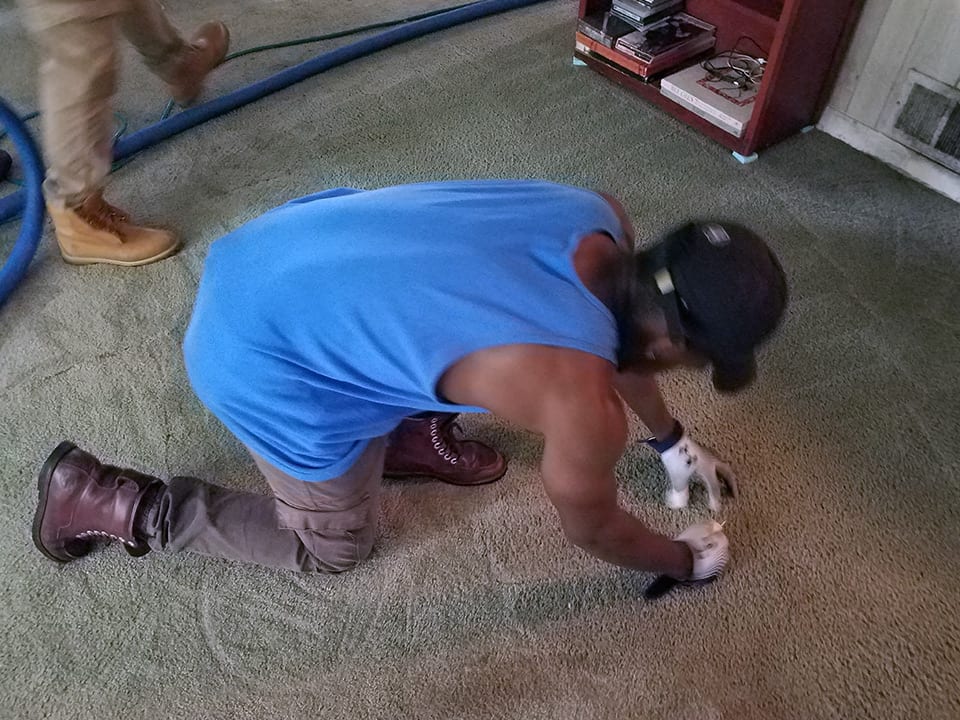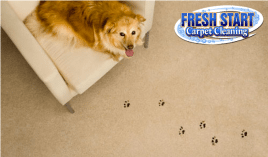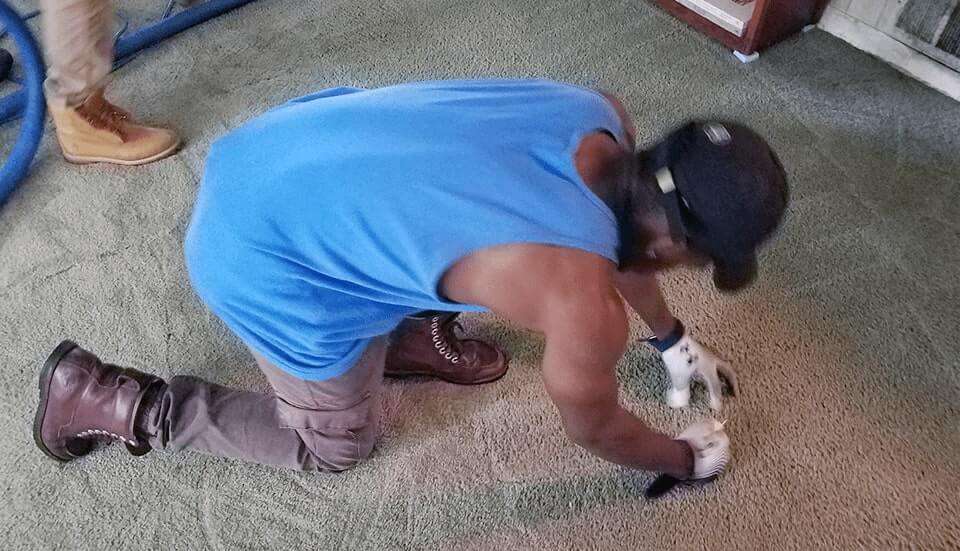The Importance of Professionally Cleaning Your Mattress
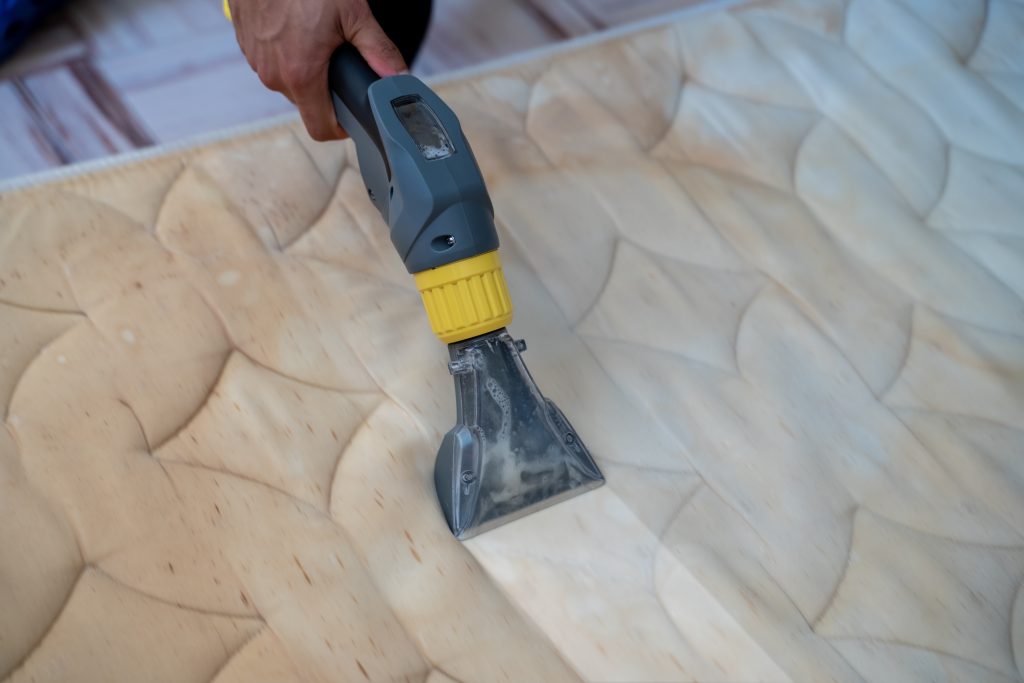
Professional steam cleaning
When it comes to sleep, the benefits of professional mattress cleaning plays a crucial role in ensuring restful nights and energetic days. However, despite its importance, many people neglect the need for professional mattress cleaning. This simple act can significantly enhance your sleep quality and prolong the lifespan of your mattress.
One of the primary benefits of professional mattress cleaning for better sleep is the thorough removal of allergens. Dust mites, pet dander, and mold can accumulate over time, triggering allergies or respiratory issues. Professional cleaners utilize specialized equipment and cleaning solutions that are far more effective than typical home cleaning methods. Our deep-cleaning steam cleaning process helps to sanitize your mattress, creating a healthier sleep environment.
Another advantage is the elimination of unpleasant odors. Over time, mattresses can absorb odors from sweat, spills, and various environmental factors. Professional cleaning not only removes stains but also neutralizes odors, leaving your mattress smelling fresh and clean.
Additionally, professional cleaning can help remove stubborn stains that may seem impossible to treat at home. Fresh Start Carpet & Upholstery Cleaning utilizes steam to remove stains. Our pet safe detergents are designed to tackle tough stains without damaging your mattress, restoring it to its original condition. We special in pet stain removal as well as urine removal and treatment.
The lifespan of your mattress can also be extended through professional cleaning. Routine deep cleaning not only removes dirt and debris but also prevents the buildup of harmful bacteria that can degrade materials, ultimately prolonging the life of your mattress.
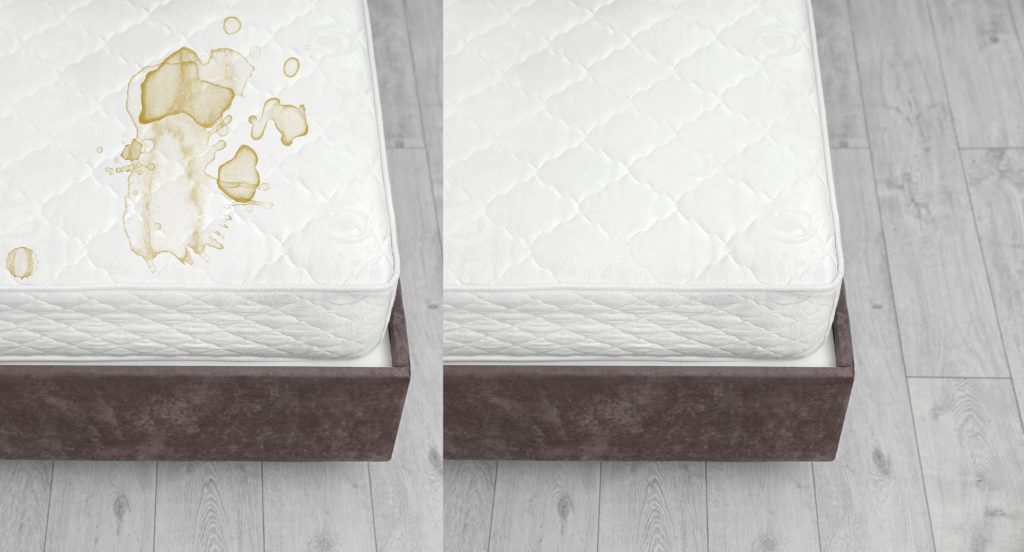
Before and after deep steam cleaning
In conclusion, investing in professional mattress cleaning offers multiple benefits, including improved health, enhanced comfort, and increased mattress longevity. By scheduling regular cleaning sessions, you not only ensure a hygienic sleeping surface but also create a more inviting and restful sleep environment. Prioritize your sleep by giving your mattress the Fresh Start that it deserves! We serve, Cherry Hill, Mt. Laurel, Bensalem PA, Burlington NJ, Blackwood NJ, and Philadelphia PA, and all of the surrounding areas.
Fresh Start Carpet & Upholstery Cleaning is a family owned and veteran led business. We’ve cleaned hundreds of mattresses over the last 25 years with excellent results. Call or click the link for your FREE ESTIMATE
(609) 479-4622



